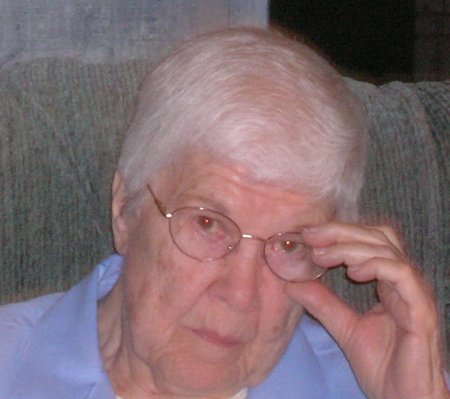I just checked the website for The Monroe Institute and to my delight they have listed the weekend program that Bob Holbrook and I are going to teach in April and again in August.
I’m really looking forward to this. We’re all born with access to guidance, and we use it all our lives, often without knowing it. A few tips and the right kind of practice and feedback should make a big difference for people.
Here is the course description TMI put up:
Accessing Inner Guidance April 22-24, 2016
Join guest trainer Frank DeMarco and TMI certified trainer Bob Holbrook for this new Guidance weekend workshop. This program is designed to help you access your inner guidance and use it more surely, naturally, and easily, in all areas of your life.
Learn to access, trust and apply your inner guidance
Using The Monroe Institute’s Spatial Angle Modulation™ (SAM) technology to facilitate expanded states of consciousness, participants can more easily develop a trusted flow of information that they can apply in their everyday life.
Explore various concepts and practices of how to access and use guidance in your life. Practice ways to bring the mind and body into coherent alignment to support a practical and reliable connection to the vast potential of our infinite consciousness.
Explore Expanded States of Consciousness
Access Positive and Useful Guidance
Accessing Inner Guidance uses three kinds of exercises: individual, done in the CHEC units; in pairs and within a group setting. Repeating and alternating these exercises gives participants a firm feel for the skills, perceptions, limitations and problems involved. The goals and practice of each exercise will change as participants’ skills and familiarity with technique improves.
Learn methods to access positive and useful guidance within as a way of being
